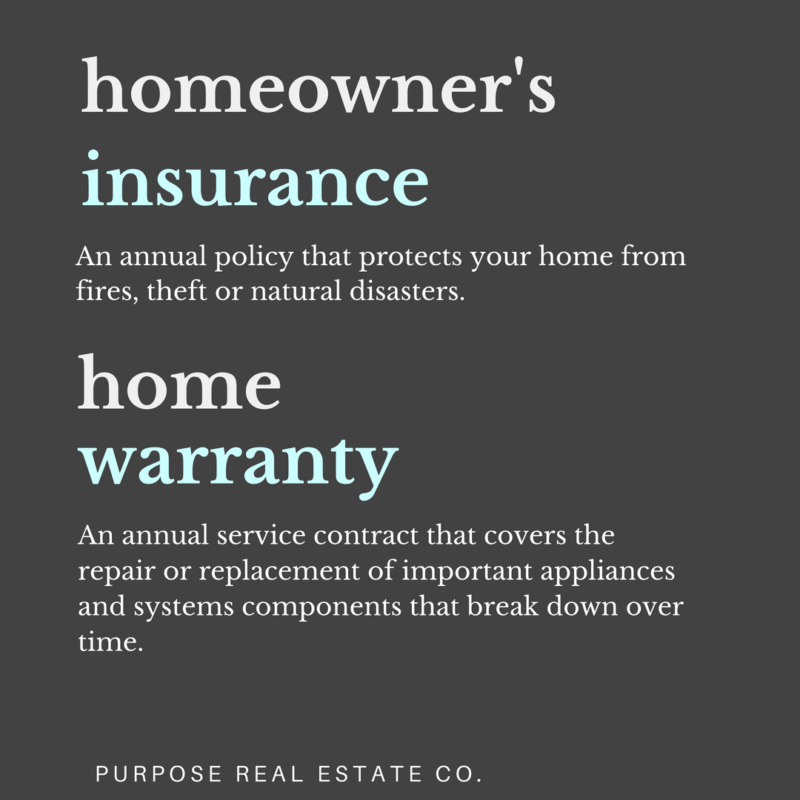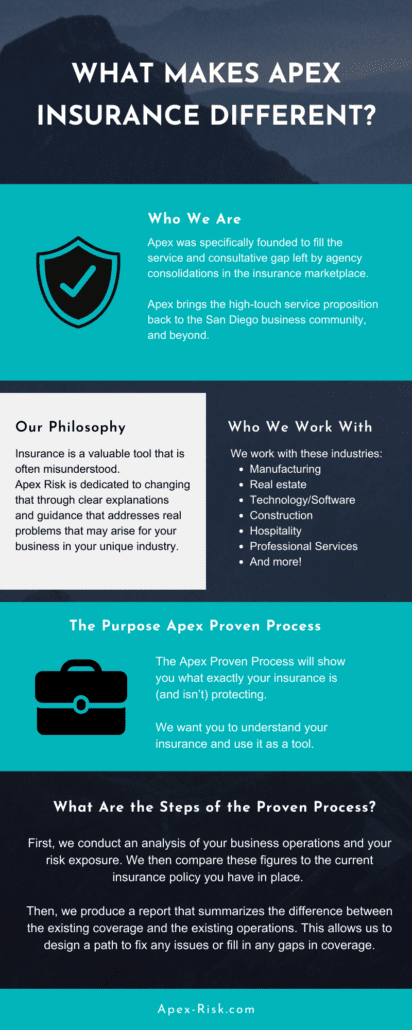More About Pacific Prime
More About Pacific Prime
Blog Article
Pacific Prime - Truths
Table of ContentsUnknown Facts About Pacific PrimeSee This Report on Pacific PrimeThe smart Trick of Pacific Prime That Nobody is DiscussingAll about Pacific Prime
In many states, the insurer is required to send you a duplicate of the changes to your policy. It is crucial that you review Recommendations or Cyclists so you recognize just how your plan has actually altered and if the policy is still sufficient to meet your needs. To obtain a copy of your insurance plan, please call your insurance policy agent or business.
The Institute of Medicine (IOM) Board on the Effects of Uninsurance launches an extensive exam of proof that addresses the significance of medical insurance protection with the magazine of this report. Coverage Issues is the initial in a collection of 6 records that will be released over the next two years recording the truth and repercussions of having an estimated 40 million individuals in the United States without health insurance policy coverage.

All about Pacific Prime
The goal of this series of researches is to refocus policy focus on a longstanding issue. Adhering to the longest economic development in American background, in 1999, an estimated one out of every six Americans32 million grownups under the age of 65 and greater than 10 million childrenremains without insurance (Mills, 2000).

10 percent of the populace accounts for 70 percent of healthcare expenses, a relationship that has remained continuous over the previous 3 years (Berk and Monheit, 2001) - expat insurance. Thus medical insurance continues to serve the feature of spreading risk even as it increasingly finances routine care. From the viewpoint of health care suppliers, insurance policy brought by their clients aids secure a profits stream, and areas take advantage of economically feasible and secure wellness treatment specialists and organizations
Federal government supplies health insurance coverage to populations whom the private market might not serve effectively, such as disabled and seniors, and populations whose access to healthcare is socially valued, such as children and expectant ladies. The utmost ends of medical insurance protection for the specific and areas, consisting of office communities of staff members and companies, are improved wellness results and lifestyle.
The 5-Second Trick For Pacific Prime
Workers rank medical insurance initially by far in value amongst all the advantages provided in the work environment (Salisbury, 2001). Although there have actually been large financial investments of personal and public funds to give medical insurance, lots of people still have no protection. In basics spite of comprehensive coverage of study findings and health treatment research results, the general public remains overwhelmed and misinformed about Americans without medical insurance and the implications of lacking protection.

Without question, the complexity of American healthcare financing mechanisms and the riches of sources of details add to the public's complication and uncertainty regarding medical insurance statistics and their interpretation. This record and those that will certainly adhere to purpose to distill and present in easily reasonable terms the considerable research that bears on questions of health insurance coverage and its significance.
Fifty-seven percent of Americans polled in 1999 believed that those without medical insurance are "able to get the care they need from doctors and medical facilities" (Blendon et al., 1999, p. 207). In 1993, when national interest was focused on the problems of the without insurance and on pending healthcare regulations, just 43 percent of those surveyed held this idea (Blendon et al., 1999).

They also obtain less preventive solutions and are less likely to have normal take care of persistent conditions such as high blood pressure and diabetic issues. Chronic illness can cause costly and disabling issues if they are not well managed (Lurie et al., 1984; Lurie et al., 1986; Ayanian et al., 2000). One national study asked more than 3,400 adults regarding 15 highly major or somber problems.
All About Pacific Prime
Extra proof is provided later on in this chapter in the discussion of insurance coverage and access to wellness care. https://www.anyflip.com/homepage/fcter#About. Individuals without medical insurance are young and healthy and balanced and choose to do without protection. Nearly fifty percent (43 percent) of those evaluated in 2000 thought that people without medical insurance are more probable to have illness than individuals with insurance
Voters and policy makers in focus group conversations identify those without insurance policy as young individuals who have the opportunity to be covered and feel they do not require it (Concierge Novelli, 2001). Compared to those with at the very least some exclusive insurance coverage, the without insurance are less likely to report remaining in outstanding or really excellent health and wellness (Company for Medical Care Research Study and Quality, 2001).
RESOURCE: Facility for Price and Funding Studies, Company for Healthcare Research and Quality, based on MEPS data. Young adults in between 19 and 34 are much more likely to do not have medical insurance than any kind of other age. This is mainly due to the fact that they are less usually eligible for employment-based insurance coverage as a result of the nature of their job or their short tenure in it.
The perception that individuals without insurance policy have better-than-average wellness follows from confusing the fairly young age account of the without insurance with the far better health and wellness, generally, of more youthful individuals. This covers the link in between health and wellness condition and medical insurance. For those without accessibility to work environment medical insurance, poor health and wellness is a prospective barrier to acquiring nongroup coverage because such coverage may be extremely valued, omit preexisting conditions, or be merely unavailable.
Report this page